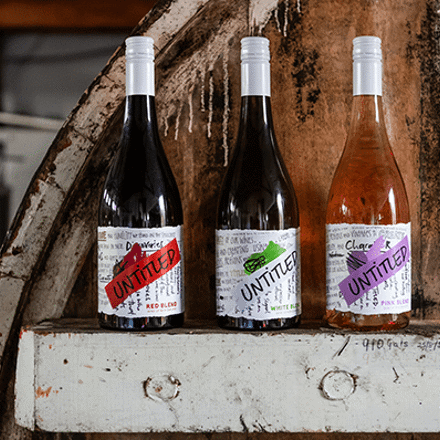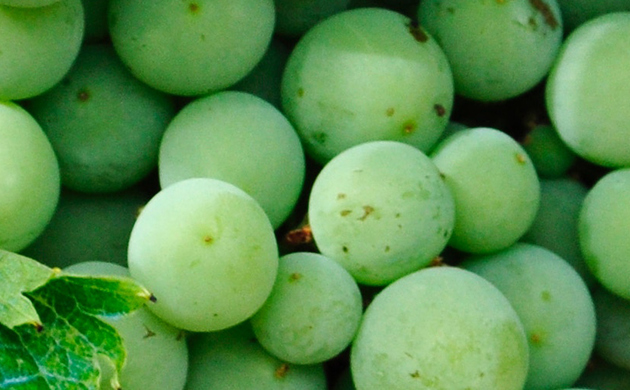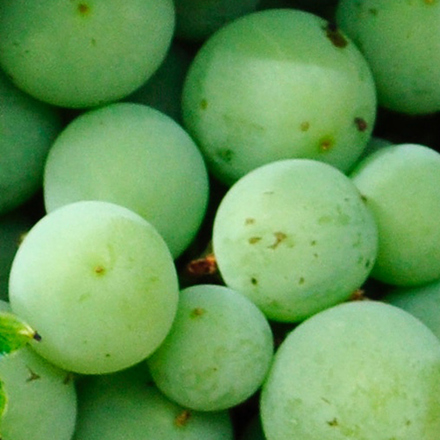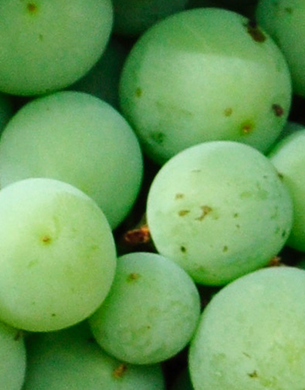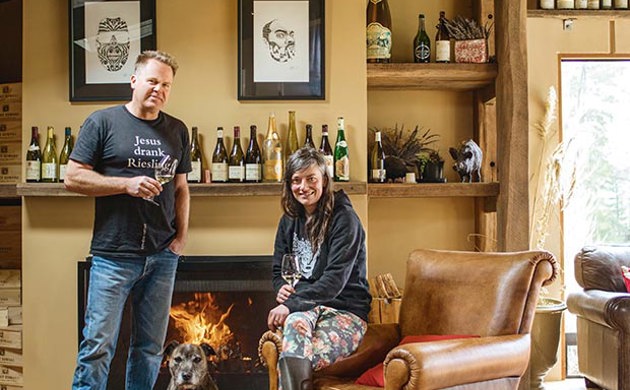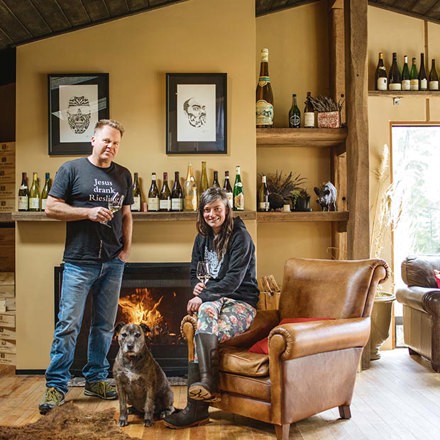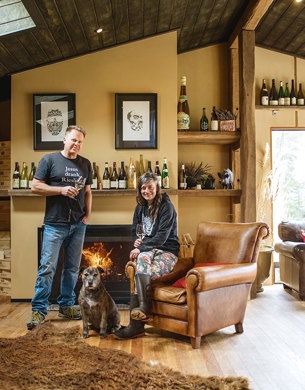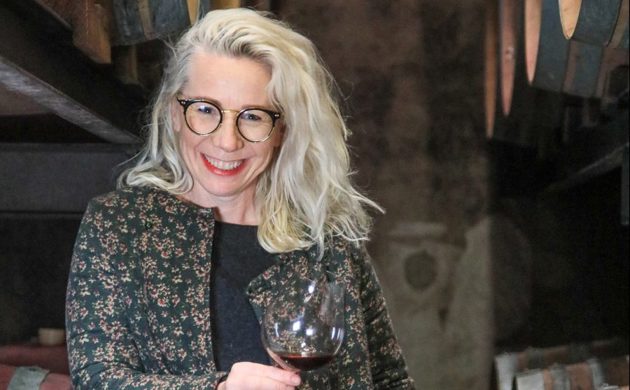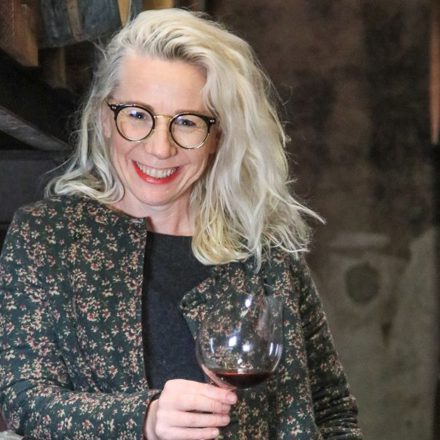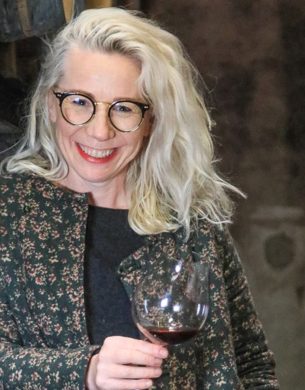Sip NZ
Innovation in a very traditional category such as the wine industry is often as simple as wrapping some paper around a bottle or offering wine in different format sizes.
But some makers, such as Lee Winston, who is the founder and maker of the exciting, new Untitled range, are a bit more daring and are switching up what’s in the bottle, offering a white, pink and red blend.
Now, I’m sure the wine trade will immediately question where to put them on the shelf as these new wines don’t fit the traditional wine aisle layout. One equally progressive retailer has already given this rule-breaking range of wines a prominent spot in their stores, giving Lee the opportunity to challenge the current New Zealand wine portfolio.
Untitled stands for a range of skilfully blended wines that are in no way entitled. Their unique character is a reflection of hard work. They’re here to challenge expectations, creating their own path.
Because Lee’s website is a bit different just like his wines, we got in touch with him to find out a bit more about his winemaking journey to date and idea behind the Untitled range.
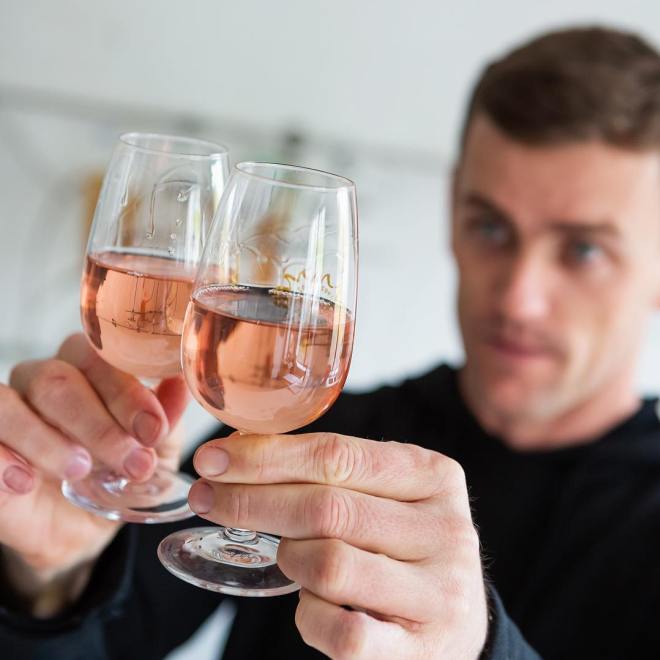
Tell us a bit more about yourself and your winemaking journey to date...
I was born in England, grew up in Queensland, and now live in Auckland. My Bachelor’s degree was in Sport and Exercise Science and I worked for a number of years in cardiac investigations and then in health promotion.
Fancying a change of scene one day, I packed up my Subaru station wagon, grabbed a mate, and drove across the Nullabor to Margaret River in Western Australia where I enrolled in a graduate diploma of Oenology at Curtin University and was fortunate enough to land cellar jobs with Cape Mentelle and Howard Park.
I then did the whole 2 vintages a year thing for a few years—McLaren Vale, Abruzzo, Hunter Valley, Languedoc, Tasmania, Abruzzo again. To fill the gaps between vintages, I completed the WSET diploma by block release in London—probably the best place in the world to learn about wine.
While between vintages, I accidentally and unexpectedly fell in love with a Kiwi girl who was living in London. I flagged a job I had lined up in Tasmania and stayed in the UK. I worked briefly for the International Wine Challenge and then as Oenologist for a large contract bottling facility near Chester.
My girlfriend’s UK visa expired so we moved to New Zealand at the end of 2011. I landed an assistant winemaker job with Delegats. I was only there for just over a year but learned an incredible amount. Since the 2013 vintage, I’ve been the winemaker at Pleasant Valley Wines in Henderson. Pleasant Valley is primarily a contract bottling and winemaking facility. Not many people know it, but it is also New Zealand’s oldest family owned winery. The Yelas family have had the property since 1896 and have made wine every year since 1902.
When and where did you fall in love with wine?
In Kingaroy—the peanut capital of Australia! I was about 14 and on a swimming trip. We had quite a young, attractive assistant coach and one night she gave me a taste of her Lambrusco. It was love at first taste—the wine wasn’t too bad either.
But really, it was probably more of a gradual thing. While I was studying sport and exercise science I came across the French paradox and the health benefits associated with regular wine consumption. I really love the idea of wine being part of a healthy lifestyle. Wine is such a social drink and a great companion to wholesome food. If you’re ever looking for a reason to drink more regularly read Roger Corder’s The Wine Diet.
As wine became more of a staple in my diet, I wanted to learn more about it so started buying some wine magazines. But, I quickly developed a dislike and distrust for wine journalists — specifically wine critics. I found they were often saying things like the winemaker over extracted, or over oaked, or they should have done this or they should have done that. And I was thinking, but maybe the winemakers intent was for a lot of extraction or a lot of oak or this or that. I figured the only way I could really know about wine was to become a winemaker!
The funny thing is, I’ve been in the industry for 12 years now and I’m still learning … and always will be. That’s one of the great things about wine.
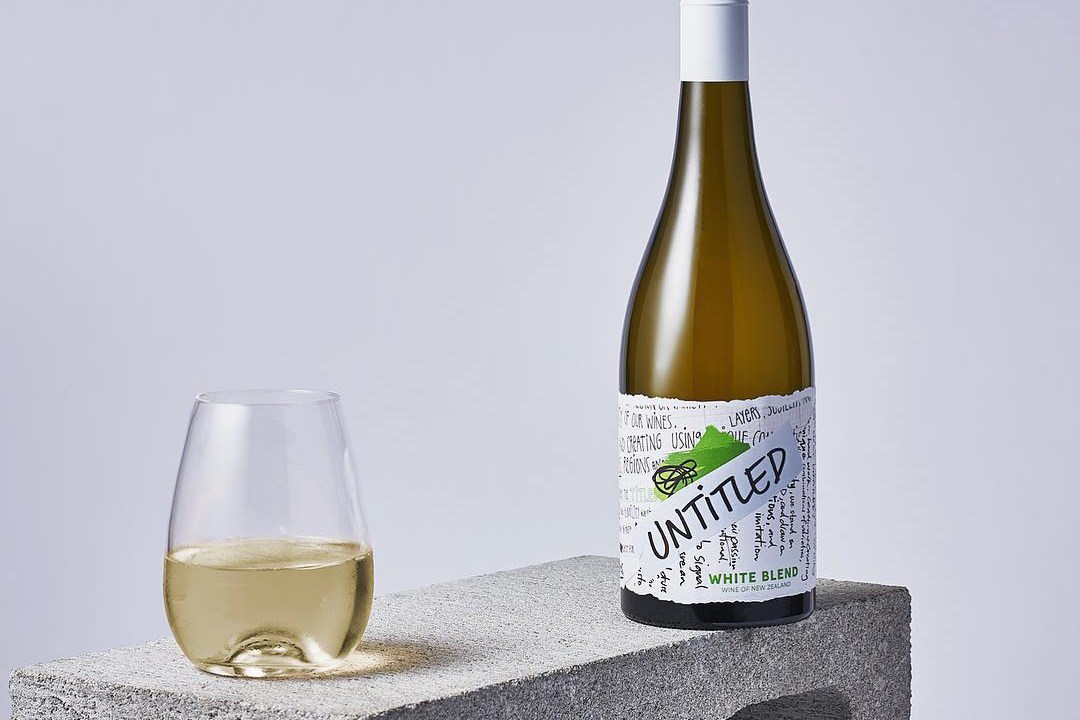
Why did you create the Untitled range?
Like a lot of winemakers, I was keen to do something of my own. I would love to have been able to find a special bit of land and do something like Burn Cottage, Rippon, Bell Hill etc. However, this takes an enormous amount of cash. And, it’s a long time before you see any return on your investment. Untitled is more like the French negociant model. It’s less capital-intensive. I use a mixture of wines made by myself at Pleasant Valley and wines made by other people to create a blend that’s better than the sum of its parts.
I wanted to do something that could potentially appeal to a really broad range of wine drinkers—from novices to highly engaged wine geeks. So, I kept it simple with just a red, white, and pink blend and made the wines to be friendly and affable but with ample depth and complexity. I wanted the focus to be on the wine rather than the vintage, region, variety, soil type or winemaking so left all this info off the label. But, if you are a wine geek, the wine’s composition can be found by entering the wine’s lot code into the untitled.nz website.
A few people have asked why I called it a pink blend rather than rosé. Well, rosé is just the French word for pink. I always thought it a little be funny we use a French word to describe pink wine but use the English words for red and white wine. I thought it would be good to be consistent across the range and have everything anglicised! Plus, then I don’t have to worry if I have the accent on the ‘e’ the right way around or not.
What's your motivation behind the range?
To be as different as possible without doing something silly like making blue wine. There are lots of wines out there claiming to be breaking away from the mainstream or celebrating individuality or doing something different but they’re usually just another Marlborough Sauvignon Blanc or ‘Provincial’ style rosé. The wines are essentially the same as pretty much everything else and it’s only the packaging and marketing that’s different. Untitled is trying to do both—make a wine that really is different from the mainstream and also presenting it in a way that’s different too. Of course, Untitled is not the only one doing this, Waiana Estate’s Indian Summer Rosé, is a great example, the packaging is really fresh and different and they’re actually using Cinsault and Grenache in their Provincial style rosé—no one else in New Zealand is doing that! It’s great!
At the end of the day, I just love tasty wines—I don’t really care where they are from or what they are made from. I love a good assyrtiko from Santorini as much as a good Chardonnay from Chablis. I just want to make wines that are as tasty as they can possibly be. I feel restricting myself to the convention of a single region, a single vintage, or a single variety or ‘traditional’ blend isn’t going to help me in that pursuit. Max Schubert didn’t let convention get in the way when he made Grange—and look how that turned out. I don’t think Untitled will ever get anywhere near that level, and it’s not trying to—Max’s aim was to make wines that would drink well after 20 years my aim is to make wines that will drink will now!
THE WINES – Pink, White & Red Blend
Now, we don’t want to give away too much, so you have the opportunity to discover these unique blends for yourself but be assured, you won’t be disappointed! We like to think of them as a unique New Zealand mosaic of flavours. Each carefully selected parcel is a piece that on its own might be unusual or even lack a bit of character, but skilfully arranged this element becomes an integral part of a unique blended creation, an artwork.
This article was originally published by Sip NZ on www.sipnzwine.com.




